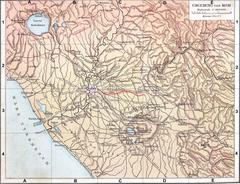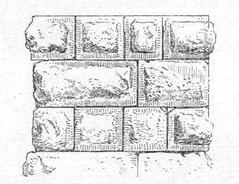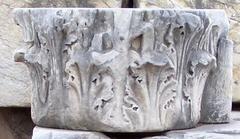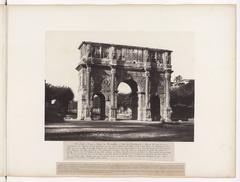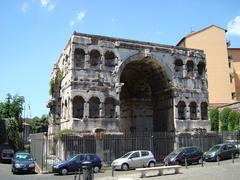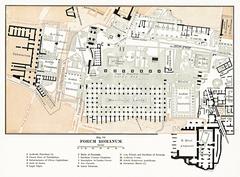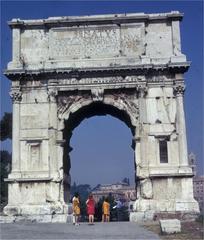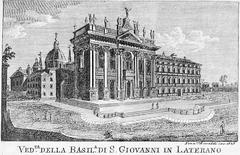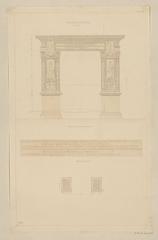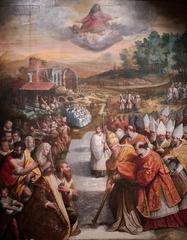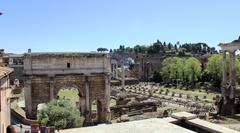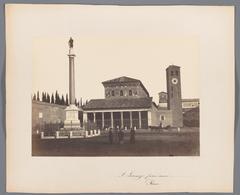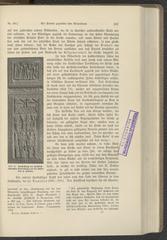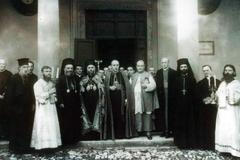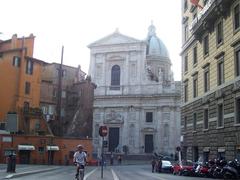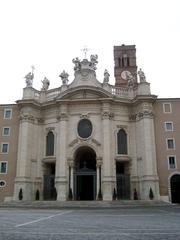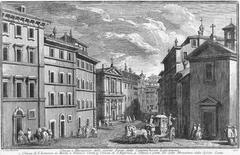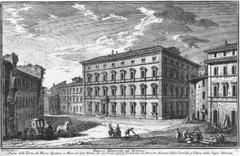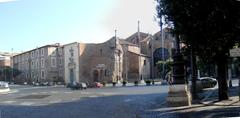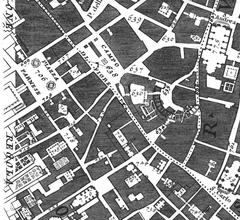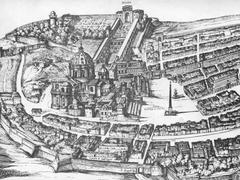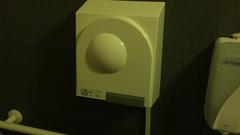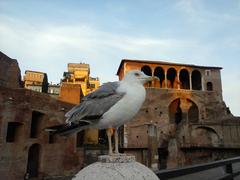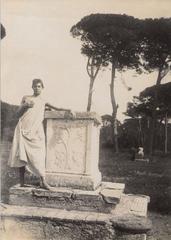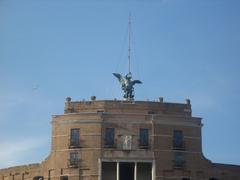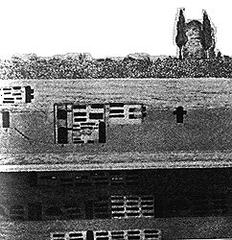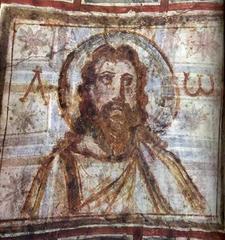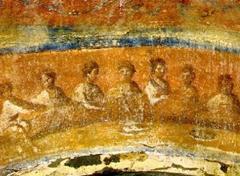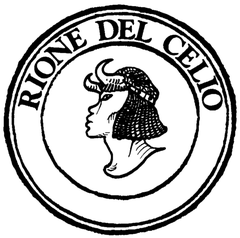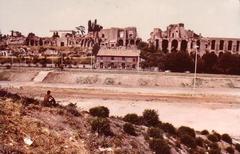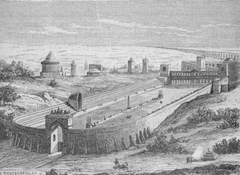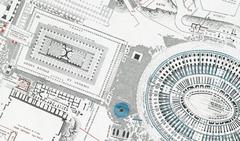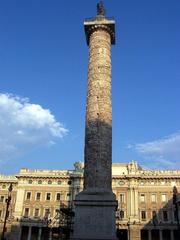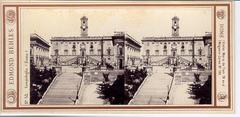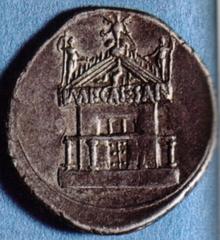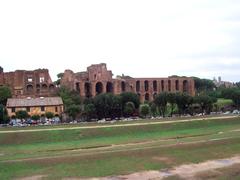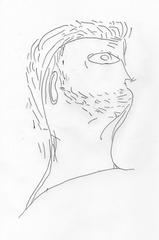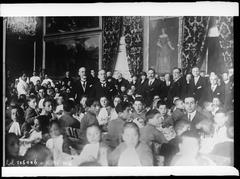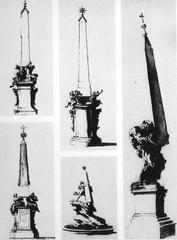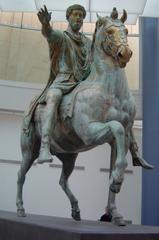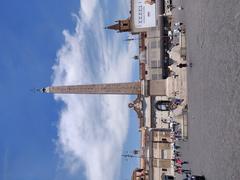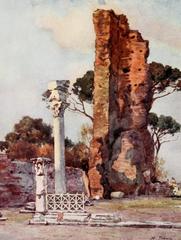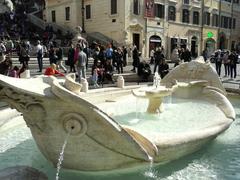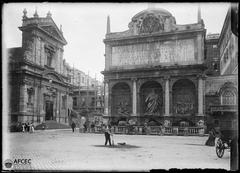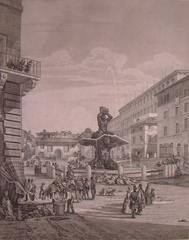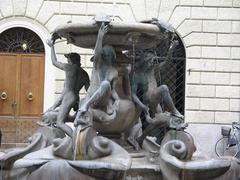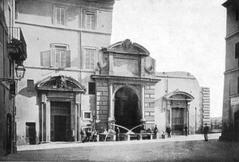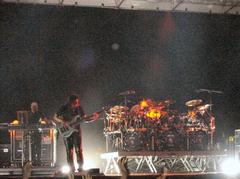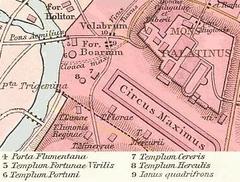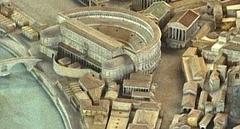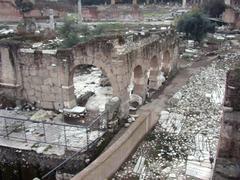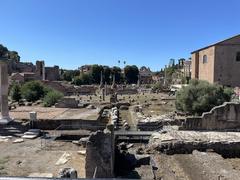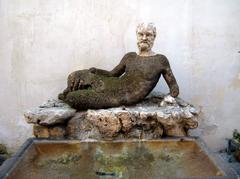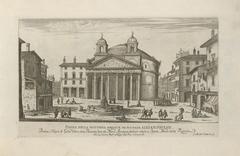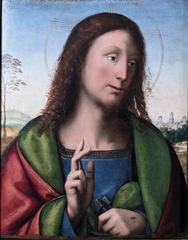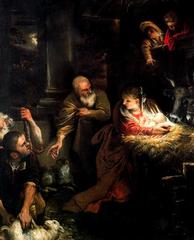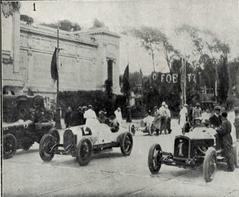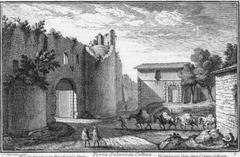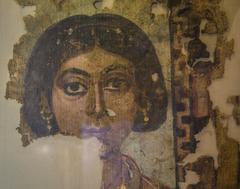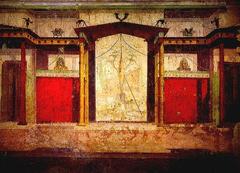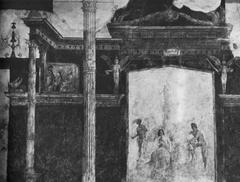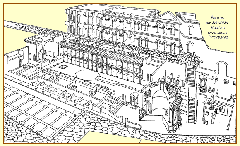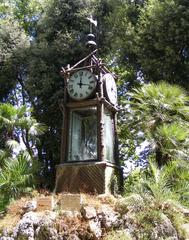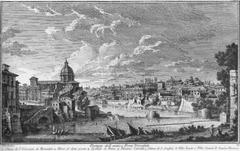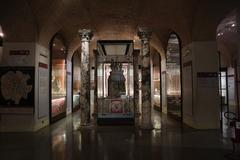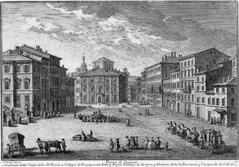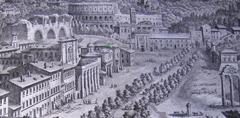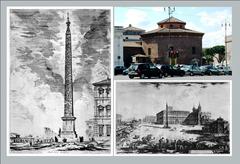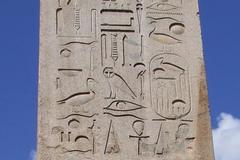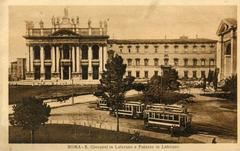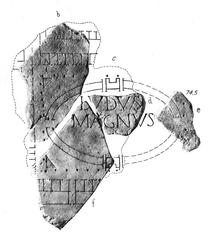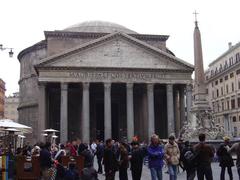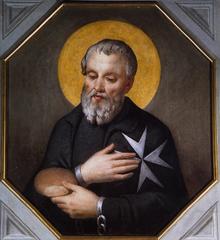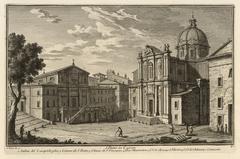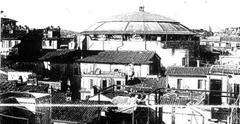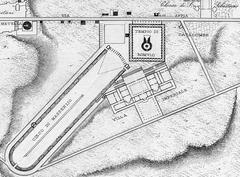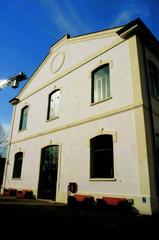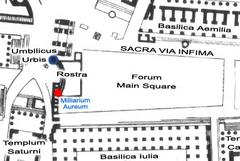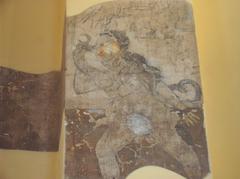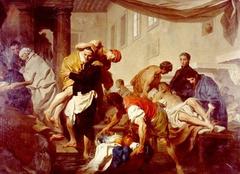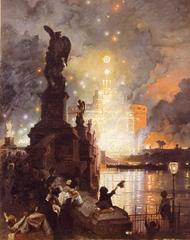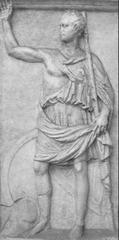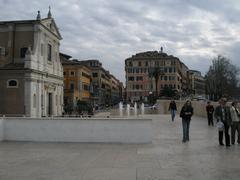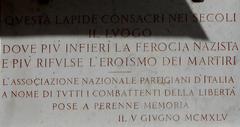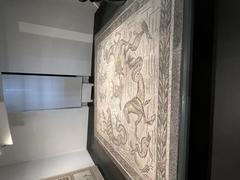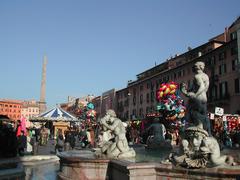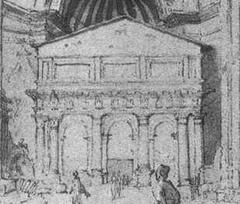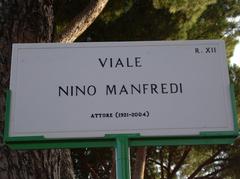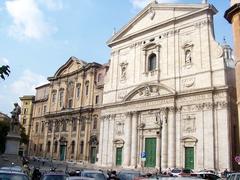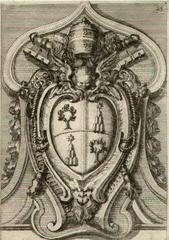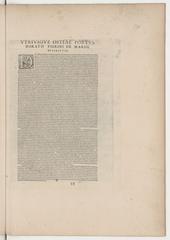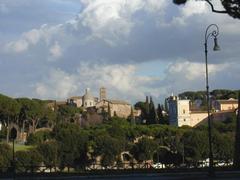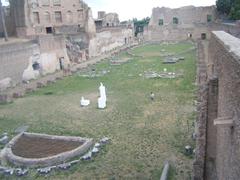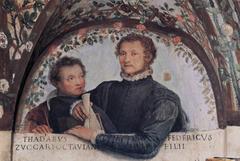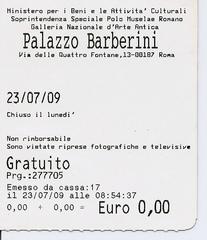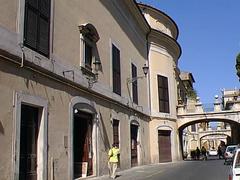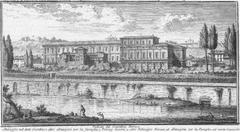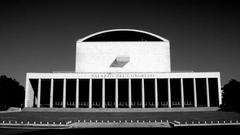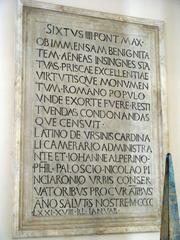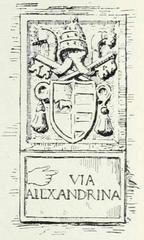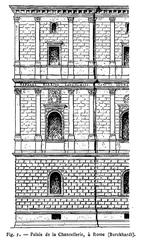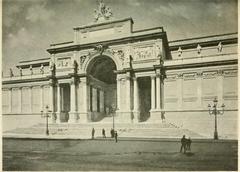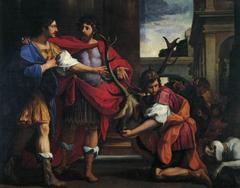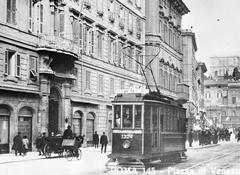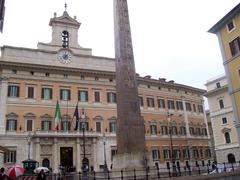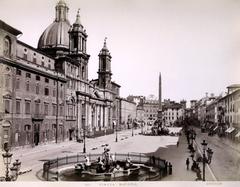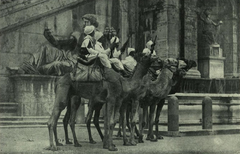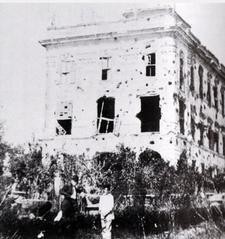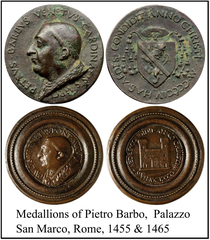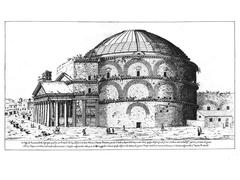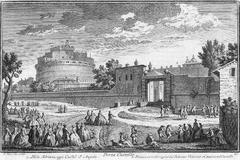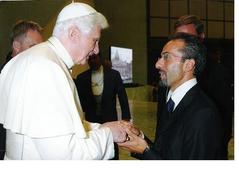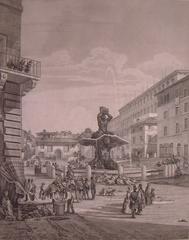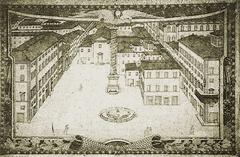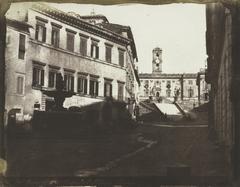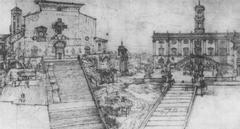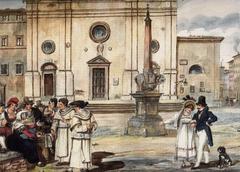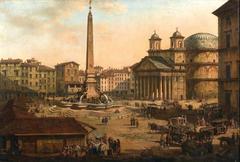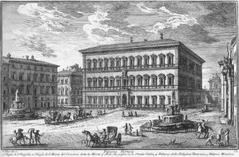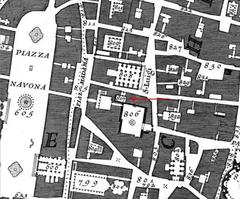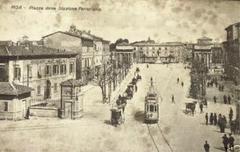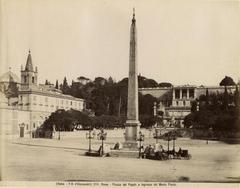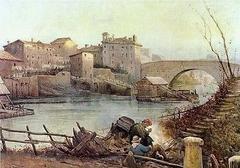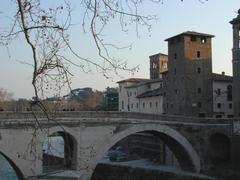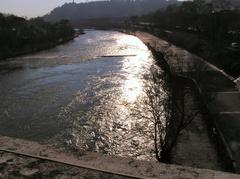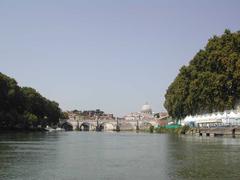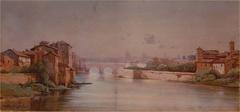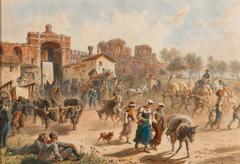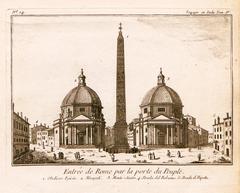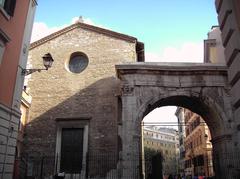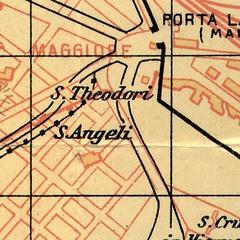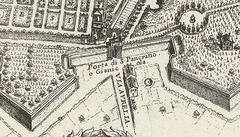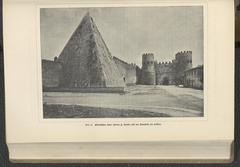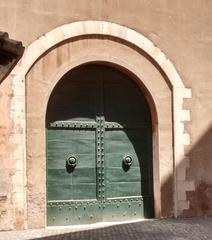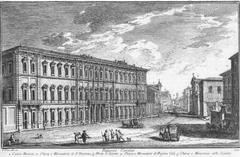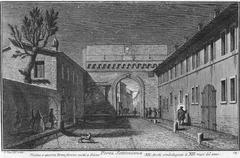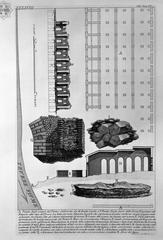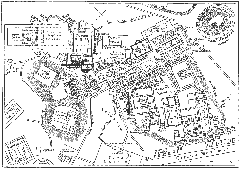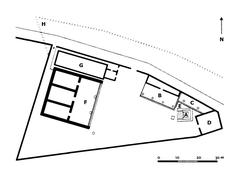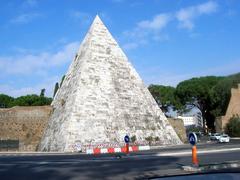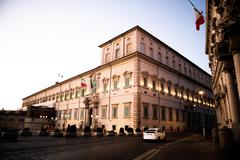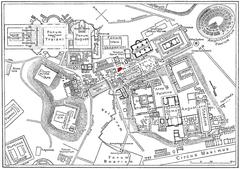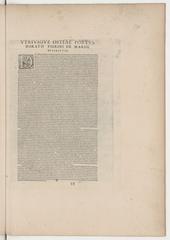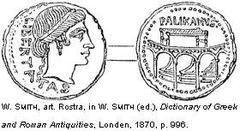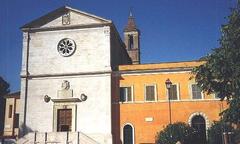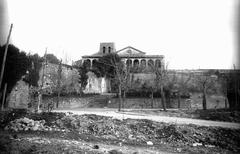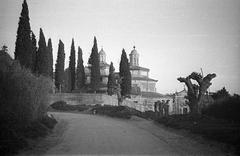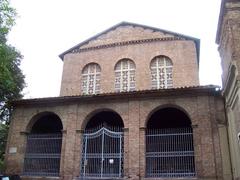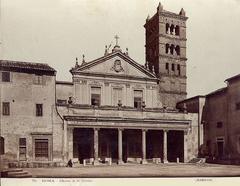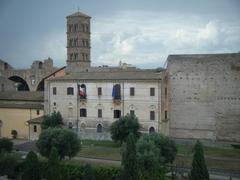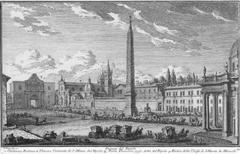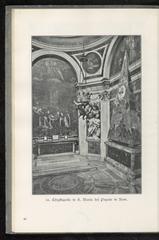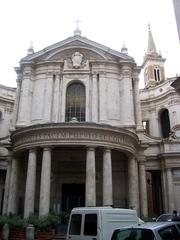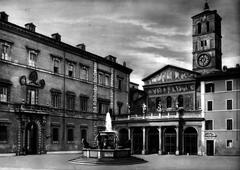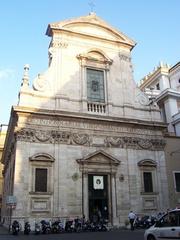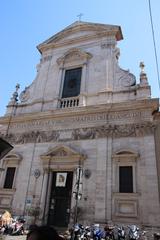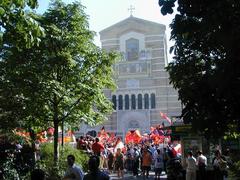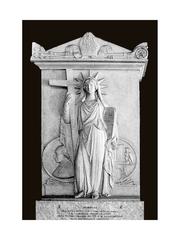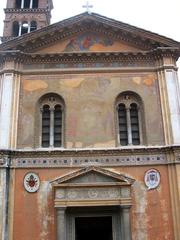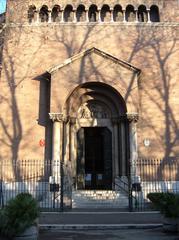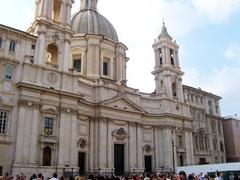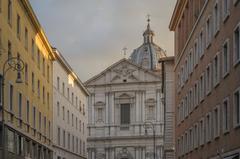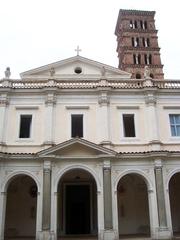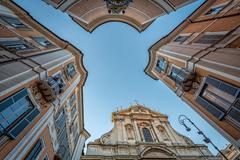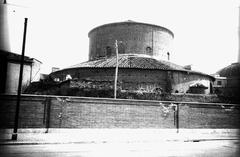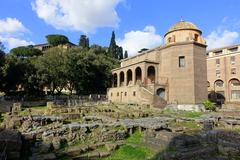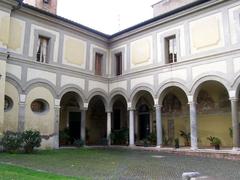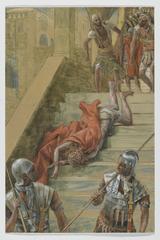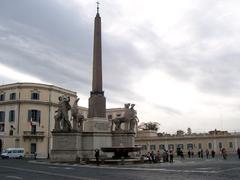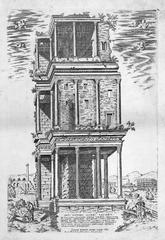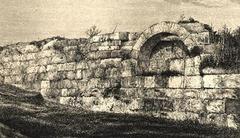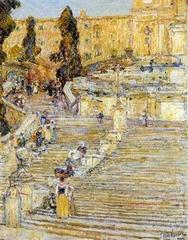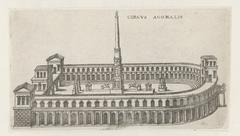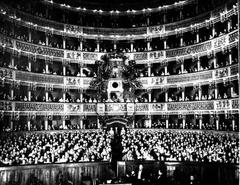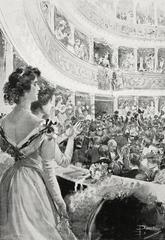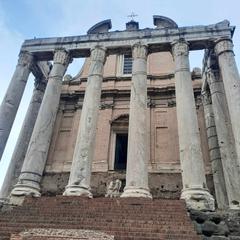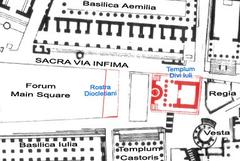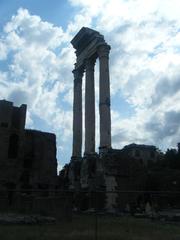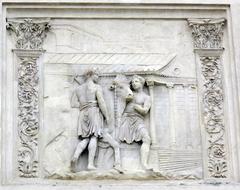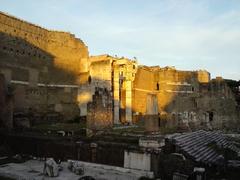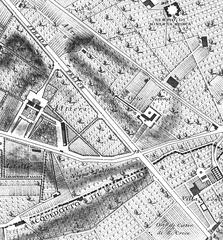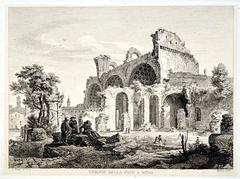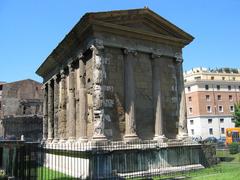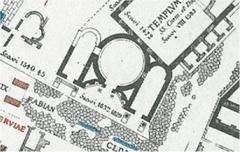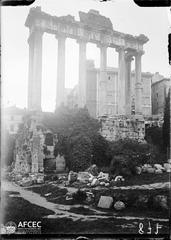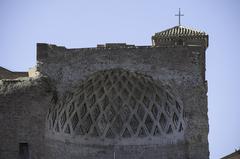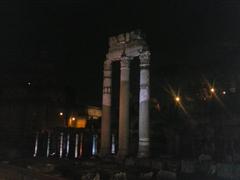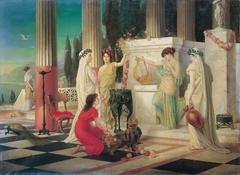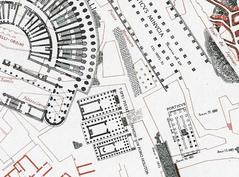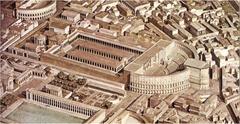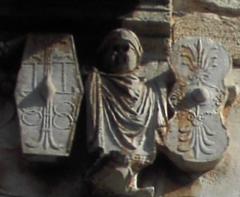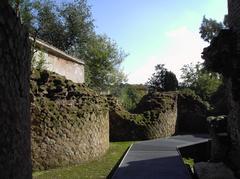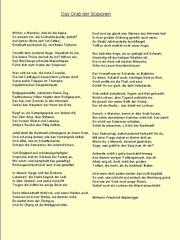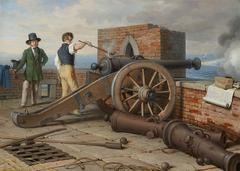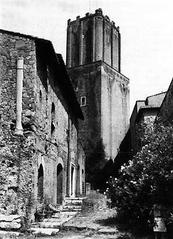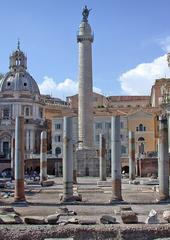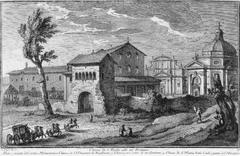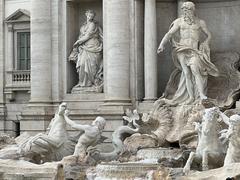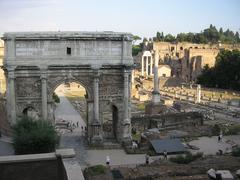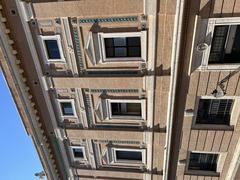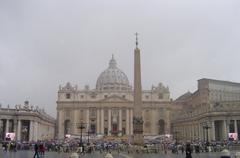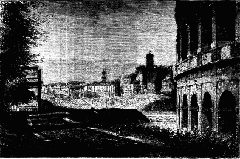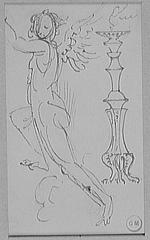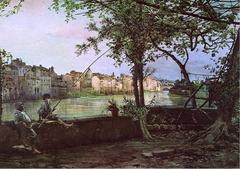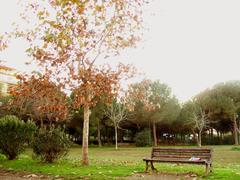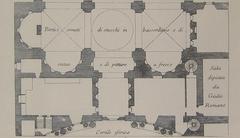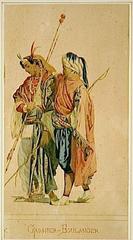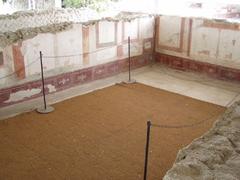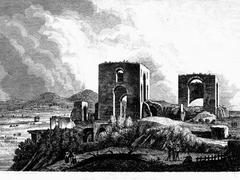Comprehensive Guide to Visiting Cappella Sistina, Rome, Italy: History, Significance, Visitor Tips, and Everything Tourists Need to Know for a Memorable Experience
Date: 31/07/2024
Introduction
The Sistine Chapel, known as Cappella Sistina in Italian, stands as one of the most significant and awe-inspiring landmarks in Rome, Italy. Nestled within the Vatican Museums, this Renaissance masterpiece is celebrated not only for its architectural grandeur but also for its unparalleled artistic contributions, most notably by Michelangelo. Each year, millions of visitors from around the globe flock to the chapel to witness firsthand the breathtaking frescoes that adorn its ceiling and walls. The chapel’s historical journey began in the late 15th century under the patronage of Pope Sixtus IV, from whom it derives its name. What started as a restoration project on the site of the deteriorating Cappella Maggiore transformed into a monumental cultural and religious symbol (Wikipedia).
The Sistine Chapel is not merely an artistic marvel; it is also an integral part of the Vatican’s religious life, serving as the site of the Papal Conclave where new popes are elected. The ceiling, painted by Michelangelo between 1508 and 1512, features iconic scenes from the Book of Genesis, including the famed ‘Creation of Adam.’ The west wall showcases ‘The Last Judgment,’ another of Michelangelo’s masterpieces, completed between 1536 and 1541 (Britannica).
This comprehensive guide aims to provide you with detailed insights into the chapel’s rich history, cultural significance, and practical information for planning a memorable visit. From visiting hours and ticket information to travel tips and nearby attractions, this guide covers all you need to know to make the most of your experience at the Sistine Chapel.
Table of Contents
- Introduction
- Historical Background
- Visitor Information
- Travel Tips
- Special Events and Guided Tours
- Photographic Spots
- FAQ
- Conclusion
Historical Background
Origins and Construction
The Sistine Chapel, originally known as the Cappella Magna, was constructed between 1473 and 1481 under the direction of Pope Sixtus IV, from whom it derives its name. The chapel was built on the site of the Cappella Maggiore, a medieval chapel that had fallen into disrepair. The new structure was designed by the architect Baccio Pontelli and constructed under the supervision of Giovannino de Dolci (Wikipedia).
The dimensions of the Sistine Chapel are significant, measuring approximately 40.23 meters in length, 13.40 meters in width, and 20.70 meters in height (Vatican.va). These proportions closely follow those of the original Cappella Maggiore, maintaining a sense of continuity with the past.
Early Decoration
The initial phase of decoration for the Sistine Chapel began shortly after its construction was completed. Between 1481 and 1483, a team of renowned artists, including Pietro Perugino, Sandro Botticelli, Domenico Ghirlandaio, and Cosimo Rosselli, were commissioned to adorn the chapel’s walls with frescoes. These frescoes depicted scenes from the lives of Moses and Christ, as well as portraits of various popes (Musei Vaticani).
The frescoes on the north wall illustrate events from the life of Christ, while those on the south wall depict scenes from the life of Moses. Above these, smaller frescoes between the windows portray various popes. The ceiling, initially painted by Pier Matteo d’Amelia, featured a starry sky (Britannica).
Michelangelo’s Contribution
In 1508, Pope Julius II commissioned Michelangelo Buonarroti to repaint the ceiling of the Sistine Chapel. This monumental task, which took four years to complete, resulted in one of the most iconic works of art in Western history. Michelangelo’s frescoes on the ceiling depict nine central panels illustrating stories from the Book of Genesis, including the Creation of Adam, the Fall of Man, and the Great Flood (Vatican.va).
The ceiling was inaugurated on November 1, 1512, by Pope Julius II during a solemn Mass on All Saints’ Day (Musei Vaticani).
The Last Judgment
Michelangelo returned to the Sistine Chapel in 1536 to begin work on another significant project: The Last Judgment. This fresco, located on the west wall behind the altar, was commissioned by Pope Clement VII and completed under Pope Paul III between 1536 and 1541. The Last Judgment depicts the second coming of Christ and the final judgment of souls, a theme that provoked considerable controversy due to its depiction of nude figures (Britannica).
Following Michelangelo’s death in 1564, the Council of Trent mandated the covering of the nude figures in The Last Judgment. This task was undertaken by Daniele da Volterra, who added drapes and fig leaves to the fresco (ArcheoRoma).
Restoration and Preservation
The Sistine Chapel has undergone several restoration projects over the centuries to preserve its invaluable artworks. One of the most significant restorations took place between 1980 and 1994. This extensive project aimed to remove centuries of accumulated dirt, smoke, and varnish, revealing the original vibrant colors of Michelangelo’s frescoes (Britannica).
The restoration process was not without controversy, as some critics argued that the cleaning methods used were too aggressive and altered the original appearance of the frescoes. However, the project ultimately succeeded in revitalizing the chapel’s artworks, allowing visitors to appreciate their true brilliance (Wikipedia).
Visitor Information
Sistine Chapel Visiting Hours
The Sistine Chapel is open to visitors from Monday to Saturday, with varying hours depending on the season. Typically, it opens at 9:00 AM and closes at 6:00 PM, with the last entry allowed at 4:00 PM. On Sundays and religious holidays, the chapel is generally closed. It is always a good idea to check the official Vatican website for the most up-to-date visiting hours (Vatican.va).
Sistine Chapel Tickets
Tickets to the Sistine Chapel can be purchased online or at the Vatican Museums’ ticket office. It is highly recommended to buy tickets in advance to avoid long lines. Standard admission tickets are priced around €17, with reduced prices for children and students. There are also options for guided tours and skip-the-line tickets, which can enhance your visiting experience (Vatican Museums).
Travel Tips
Getting There
The Sistine Chapel is located within the Vatican Museums in Vatican City. The nearest metro station is Ottaviano-San Pietro, which is a short walk from the museums. Buses and taxis are also convenient options for reaching the Vatican.
Nearby Attractions
While visiting the Sistine Chapel, take time to explore other nearby attractions such as St. Peter’s Basilica, the Vatican Gardens, and the Vatican Museums. These sites offer additional insights into the rich history and art of the Vatican.
Accessibility
The Vatican Museums and the Sistine Chapel are accessible to visitors with disabilities. There are elevators and ramps available to facilitate movement throughout the complex. It is advisable to contact the Vatican Museums in advance to arrange any special assistance (Vatican Museums).
Special Events and Guided Tours
The Sistine Chapel hosts various special events and ceremonies throughout the year. Guided tours are available and can provide deeper insights into the history and artistry of the chapel. Some tours even offer early access before the general public, allowing for a more intimate experience.
Photographic Spots
Photography is not allowed inside the Sistine Chapel to preserve the artworks. However, there are many beautiful spots around the Vatican Museums and St. Peter’s Basilica where you can capture stunning photos of your visit. Be sure to respect the guidelines and enjoy the visual splendor of the surroundings.
FAQ
Q: What are the Sistine Chapel visiting hours?
A: The chapel is open Monday to Saturday, typically from 9:00 AM to 6:00 PM. It is closed on Sundays and religious holidays.
Q: How much do Sistine Chapel tickets cost?
A: Standard admission tickets are around €17, with reduced prices for children and students. Advanced purchase is recommended to avoid long lines.
Q: Is the Sistine Chapel accessible to visitors with disabilities?
A: Yes, the Vatican Museums and the Sistine Chapel are accessible, with elevators and ramps available. Contact the museums in advance for special assistance.
Conclusion
The Sistine Chapel stands as a testament to the artistic and religious heritage of the Vatican. Its rich history, from its construction under Pope Sixtus IV to the masterpieces created by Michelangelo, makes it a must-visit destination for anyone interested in art, history, and spirituality. The chapel’s ongoing significance in papal ceremonies and its role as a symbol of the Catholic Church ensure that it will continue to be a focal point of admiration and reverence for generations to come. Plan your visit, and be sure to check out other related posts and follow us on social media for more updates.
References
- Wikipedia. (n.d.). Sistine Chapel. Retrieved from Wikipedia
- Vatican.va. (n.d.). Cappella Sistina. Retrieved from Vatican.va
- Encyclopaedia Britannica. (n.d.). Sistine Chapel. Retrieved from Britannica
- Vatican Museums. (n.d.). Cappella Sistina. Retrieved from Musei Vaticani
- ArcheoRoma. (n.d.). Sistine Chapel. Retrieved from ArcheoRoma
